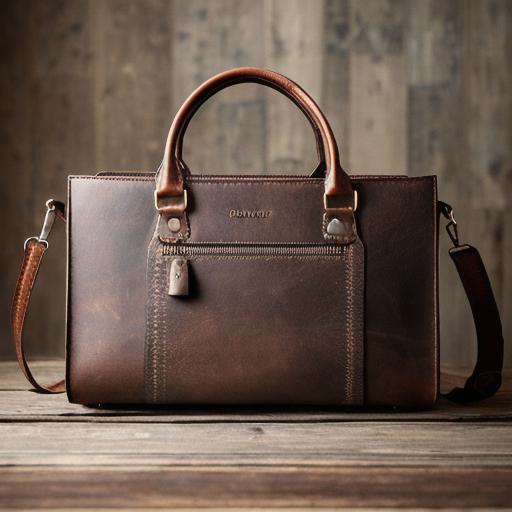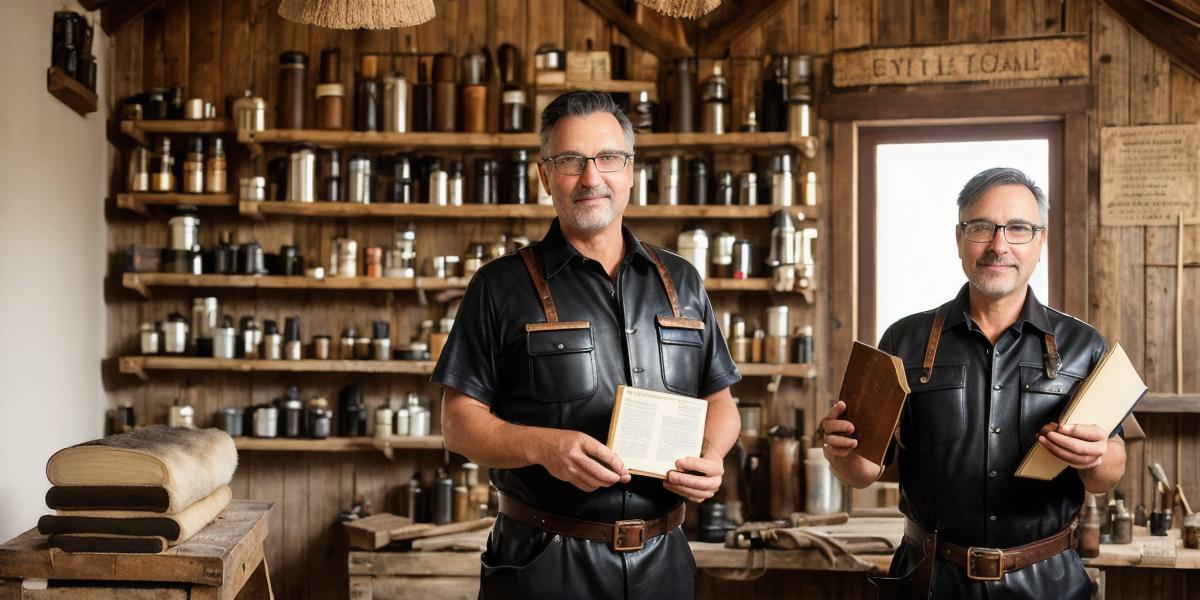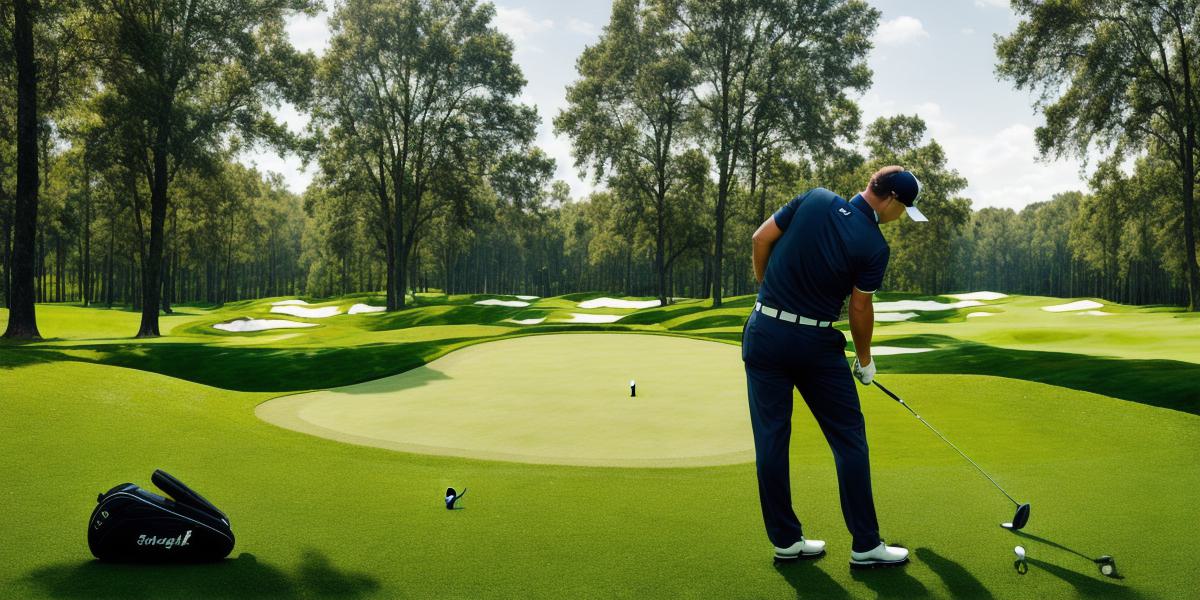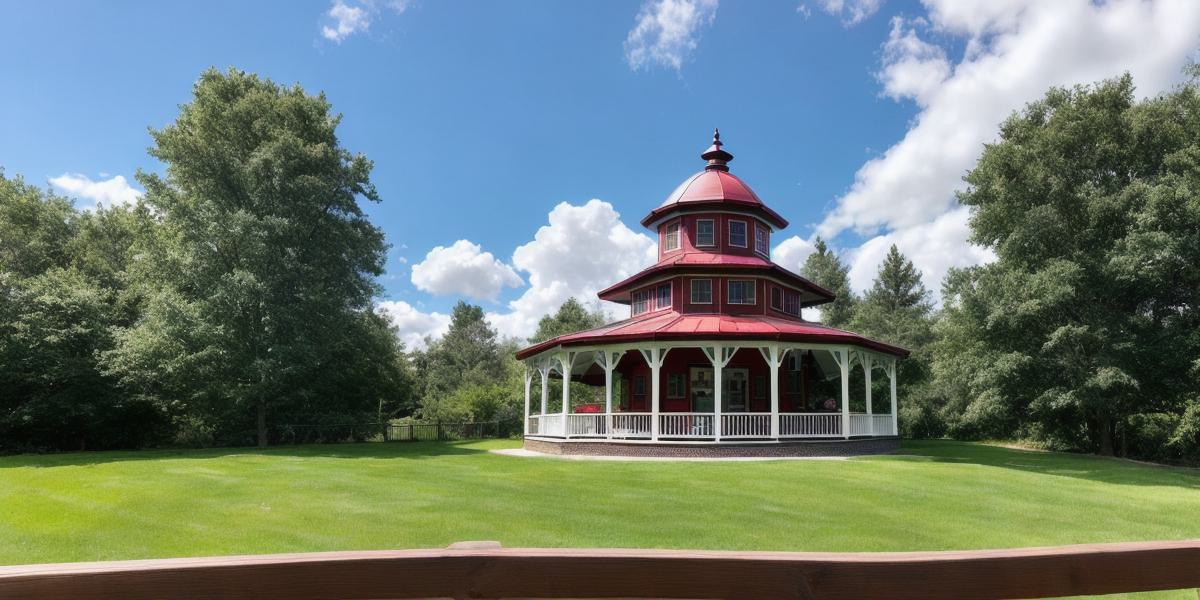
Leather is a durable and versatile material that has been used by humans for thousands of years. However, like all materials, it requires proper care and maintenance to ensure its longevity and continued usefulness. In recent years, there has been an increasing focus on the conservation of leather goods, as people recognize the importance of preserving these valuable items for future generations. This guide will explore some of the most effective ways to preserve leather for conservation purposes.
Understanding Leather Preservation: The Basics
Leather preservation involves taking steps to prevent damage and wear and tear, as well as restoring any damaged areas. This can involve a variety of techniques, including cleaning, conditioning, repair, and protective measures. It is important to note that the specific preservation methods used will depend on the type of leather, its age and condition, and the intended use.
Cleaning Leather: A Critical Step in Preservation
One of the most important steps in leather preservation is cleaning it regularly to remove dirt, dust, and other debris that can cause damage over time. There are several methods for cleaning leather, including:
- Brushing: Use a soft-bristled brush to gently scrub away dirt and debris from the surface of the leather. Be sure to use a dry brush, as damp brushes can cause damage to the leather.
- Vacuuming: A vacuum cleaner with a soft brush attachment can be used to remove loose dirt and dust from the leather. Again, be sure to use a dry brush, as wet vacuums can cause damage.
- Wiping: Use a soft, damp cloth to wipe away dirt and debris from the leather surface. Be sure to blot any excess moisture immediately to prevent water damage.
Conditioning Leather: Maintaining Its Flexibility and Luster
Leather conditioning is an important step in preservation, as it helps to maintain its flexibility, suppleness, and luster. Conditioning involves applying a leather conditioner or oil to the surface of the leather, which helps to prevent cracking and drying out. There are several types of leather conditioners available, including:
- Natural oils: These include olive oil, jojoba oil, and shea butter. They are safe for most types of leather and can help to moisturize the surface while also providing a natural shine.
- Synthetic conditioners: These are made from synthetic materials and are designed specifically for use on leather. They are generally more effective at conditioning and moisturizing leather, but should be used with caution as some can cause discoloration or other damage.
- Beeswax: This is a natural product that can help to protect the leather surface from wear and tear while also adding a shine. It is particularly useful for shoes and boots.
Repairing Leather: Fixing Damaged Areas
Leather can become damaged due to exposure to the elements, wear and tear, or accidental damage. In these cases, it may be necessary to repair the damaged area in order to prevent further deterioration. There are several methods for repairing leather, including:
- Stitching: This is a common method of repairing small tears or holes in the leather. It involves using a needle and thread to stitch the damaged area back together.
- Patching: If the damage is more extensive, a patch may be necessary. Patches can be made from scraps of leather that match the color and texture of the original material.
- Dyeing: If a larger area of the leather has been damaged or stained, it may be necessary to dye the affected area to restore its original color and appearance.
Protective Measures: Keeping Leather Safe from Damage
In addition to regular cleaning, conditioning, and repair, there are several protective measures that can be taken to prevent damage to leather. These include:
- Storage: Leather goods should be stored in a cool, dry place away from direct sunlight, heat sources, and moisture. They should also be hung on hangers or placed on a flat surface rather than stacked on top of each other.
- Cleaning products: When cleaning the surrounding areas where leather is kept, it is important to use cleaning products that are safe for leather. Harsh chemicals and abrasives can cause damage to the leather.
- UV protection: Leather can be damaged by exposure to ultraviolet (UV) radiation, which can cause fading and discoloration.



